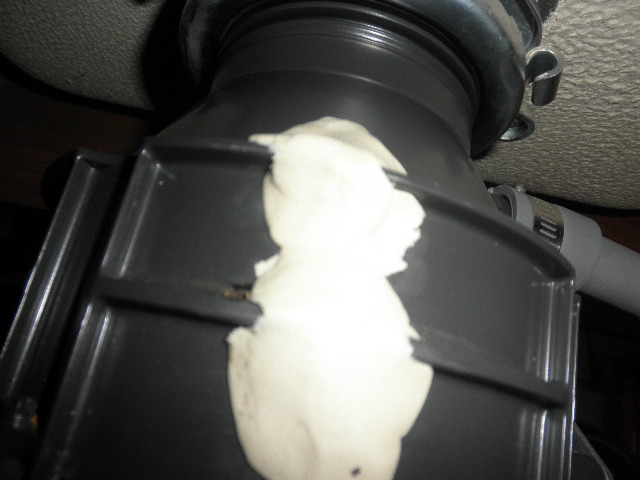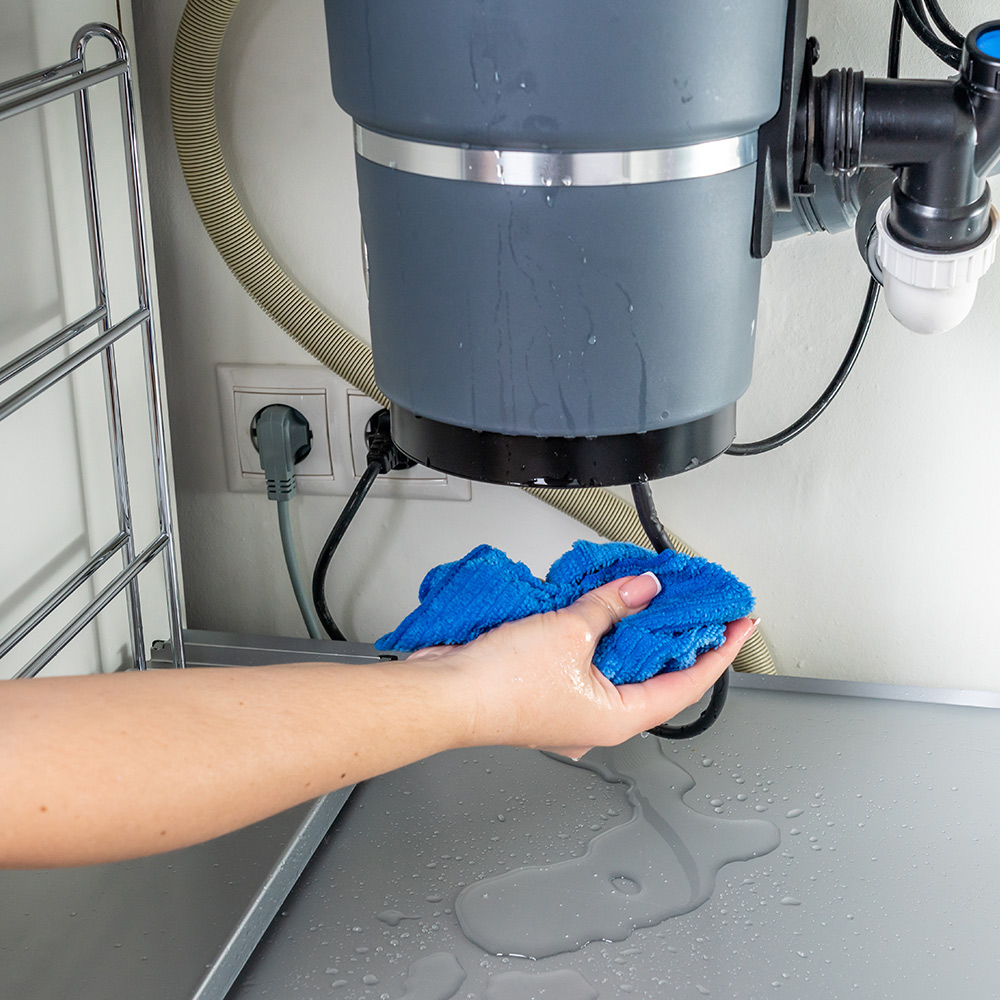An Comprehensive Guide to Fixing a Leaky Garbage Disposal
An Comprehensive Guide to Fixing a Leaky Garbage Disposal
Blog Article
Just about everyone seems to have his or her own idea when it comes to How to fix a pretty consistent leak from my garbage disposal.

Waste disposal unit are essential cooking area appliances that help in dealing with food waste effectively. However, a dripping waste disposal unit can be an aggravating and messy issue to take care of. Thankfully, lots of leaks can be fixed easily with a couple of straightforward actions. In this article, we will certainly go over exactly how to repair a leaking garbage disposal efficiently.
Introduction
Waste disposal unit are mounted under kitchen sinks and are made to shred food waste into smaller items, allowing it to pass through the pipes system easily. While these gadgets are normally dependable, leakages can take place with time due to deterioration, loosened connections, or damages to the device.
Common Root Causes Of Leakages in Waste Disposals
Worn Seals and Gaskets
Seals and gaskets play a crucial duty in stopping water from dripping out of the garbage disposal. In time, these elements can wear away, bring about leakages around the disposal system.
Loose Links
The links between the waste disposal unit and the plumbing system can end up being loosened gradually, triggering water to leak out during procedure.
Cracks or Holes in the Disposal Unit
Physical damages to the waste disposal unit, such as cracks or holes in the real estate, can likewise cause leaks.
Recognizing the Resource of the Leakage
Prior to attempting to fix a leaking waste disposal unit, it is essential to identify the resource of the leak. This can commonly be done via aesthetic evaluation or by performing simple tests.
Visual Evaluation
Examine the garbage disposal unit carefully for any type of signs of water leakage. Pay very close attention to locations around seals, gaskets, and connection factors.
Testing for Leaks
One method to test for leakages is by running water through the disposal system and checking for any type of noticeable signs of leakage.
Tools and Products Needed for Repairing a Dripping Waste Disposal Unit
Before beginning the repair process, collect the essential devices and products, including a screwdriver, flexible wrench, plumbing technician's putty, replacement seals or gaskets, and epoxy or patching product for repairing fractures or holes.
Step-by-Step Guide to Fixing a Leaking Waste Disposal Unit
Turn Off the Power
Before trying any type of repair work, make sure that the power to the garbage disposal unit is shut off to prevent the threat of electric shock.
Situate the Leakage
Identify the exact location of the leakage and figure out the cause.
Tighten up Connections
Make use of a wrench to tighten up any type of loosened connections in between the disposal system and the pipes system.
Change Seals or Gaskets
If the leakage results from used seals or gaskets, get rid of the old components and change them with new ones.
Patching Cracks or Holes
For splits or holes in the disposal unit, usage epoxy or a suitable patching product to secure the broken area.
Testing the Waste Disposal Unit After Repair
Once the repair work is complete, evaluate the garbage disposal by running water through it to guarantee that the leakage has actually been solved.
Preventive Maintenance Tips to Avoid Future Leakages
To prevent future leaks, it is necessary to execute regular maintenance on your waste disposal unit. This includes maintaining it tidy, avoiding putting non-food products or hard things down the disposal, and occasionally looking for leaks or various other concerns.
Verdict
To conclude, taking care of a dripping waste disposal unit is a reasonably simple process that can be completed with basic tools and products. By adhering to the steps laid out in this short article and practicing preventative maintenance, you can keep your waste disposal unit in good working problem and stay clear of expensive repair work in the future.
HERE’S HOW TO FIX YOUR GARBAGE DISPOSAL
WHAT TO DO IF SOMETHING IS STUCK IN YOUR GARBAGE DISPOSAL
If the impeller won’t turn, there’s probably something stuck in the disposal. It could be a steak bone or peach pit, although plumbers report pulling all sorts of inappropriate objects out of disposals, such as bottle caps or aluminum foil. Make sure power to the disposal is off, and look inside to see if you can see the source of the jam.
Never stick your fingers in a disposal. Pull out anything you see with tongs or pliers.
If the disposal still won’t work, it may be time to call a plumber or consider buying a new disposal. GEM Plumbing & Heating is here for all of your garbage disposal needs.
WHAT TO DO IF YOUR GARBAGE DISPOSAL DRAIN IS CLOGGED
Take everything out from underneath your sink and put a bucket or other container under your disposal to catch any water that drains out. Disconnect your disposal from the power supply. If it’s plugged into a wall outlet, unplug it. If it’s hardwired into an electrical box, go to the electrical panel and turn off the breaker for the disposal. Pour ¼ cup of baking soda into the drain, followed by ½ cup of white vinegar. Give the solution a few minutes to fizz and do its work. Look into the disposal with a flashlight to see if you can see an object that might be causing the clog. If you see it, remove it using tongs or pliers. MORE TIPS ON DEALING WITH A CLOGGED GARBAGE DISPOSAL
Never use drain cleaner in a garbage disposal. It can damage the plastic parts inside the disposal. You can also be splashed with the caustic liquid while working to clear the clog. Beware! Never stick your fingers into a garbage disposal. Trust us — not a good idea. In many instances, your dishwasher drains through your garbage disposal. This allows the disposal to grind any large food particles that may be drained out of your dishwasher. There are some jurisdictions, however, where the plumbing code prohibits such a connection. WHAT TO DO WHEN YOUR DISHWASHER DRAINS THROUGH THE DISPOSAL
Run some water in the sink so your plunger has at least a ½-inch of water to create a seal and plunge vigorously up and down several times. You may need to repeat this several times. Run hot water down the drain to clear any residue that remains.

Hopefully you enjoyed our post on Why Is . Thank you so much for taking a few minutes to browse our piece. Sharing is good. You just don't know, you will be helping someone out. We treasure reading our article about Garbage Disposal Leaking From Bottom.
Request A Quote Report this page